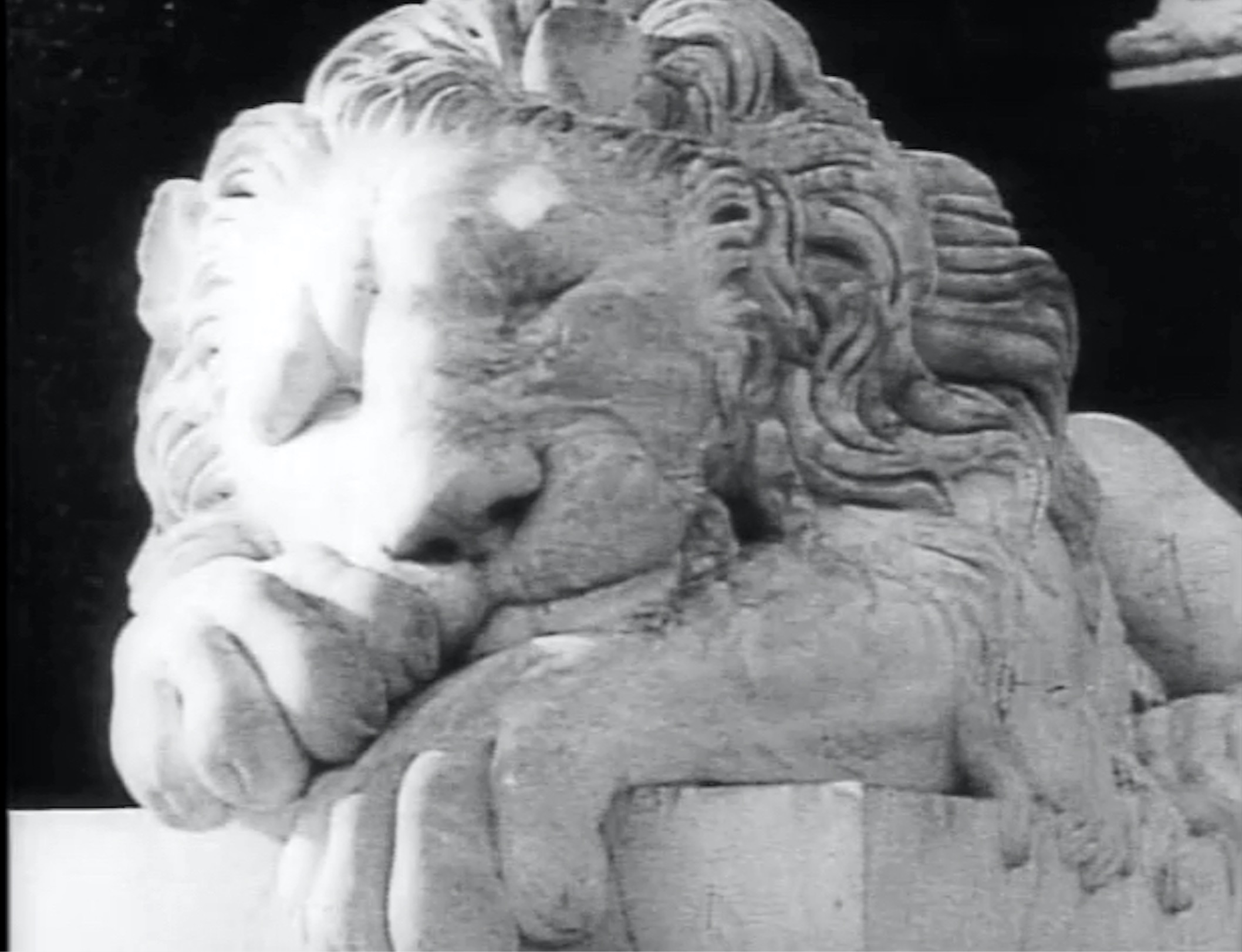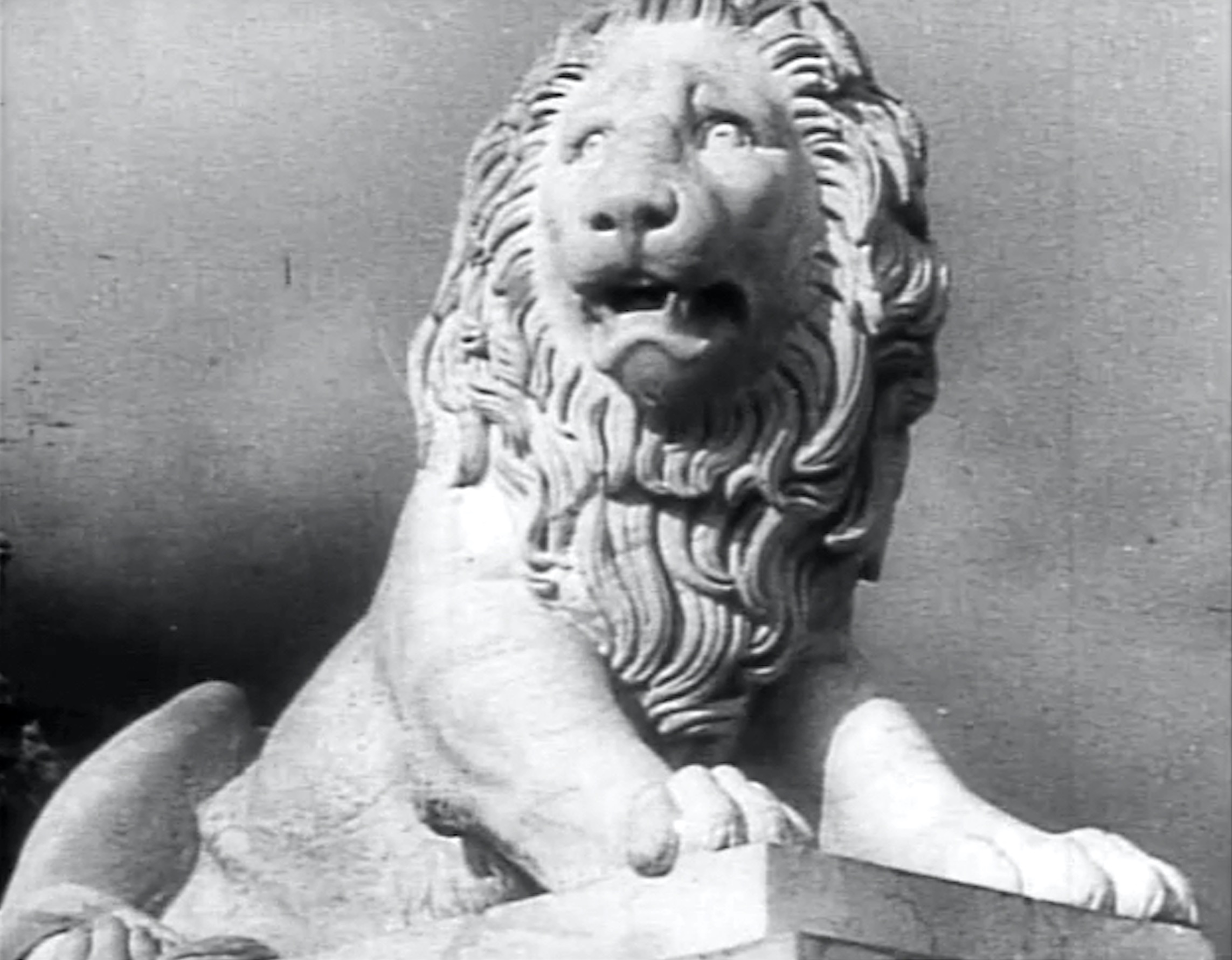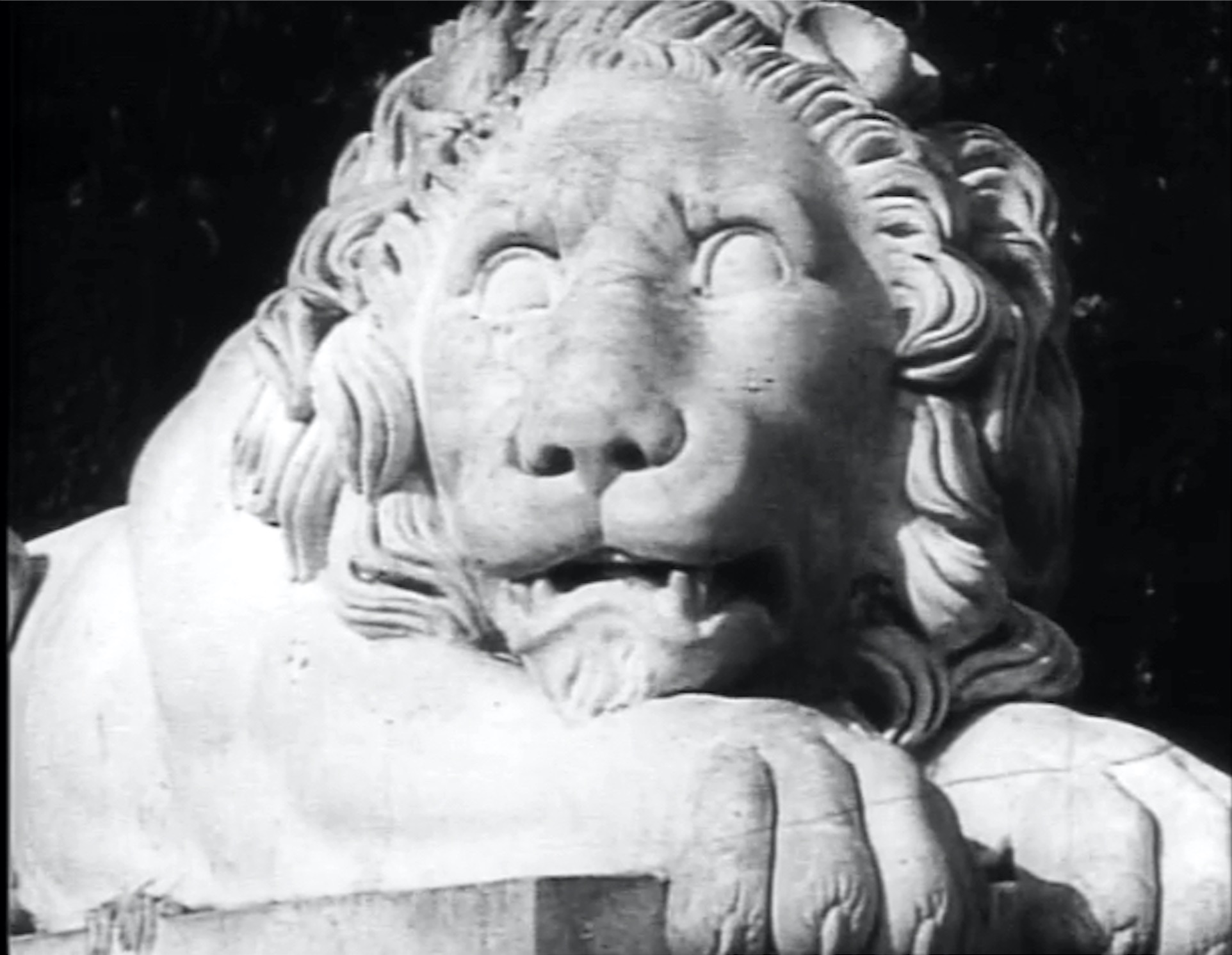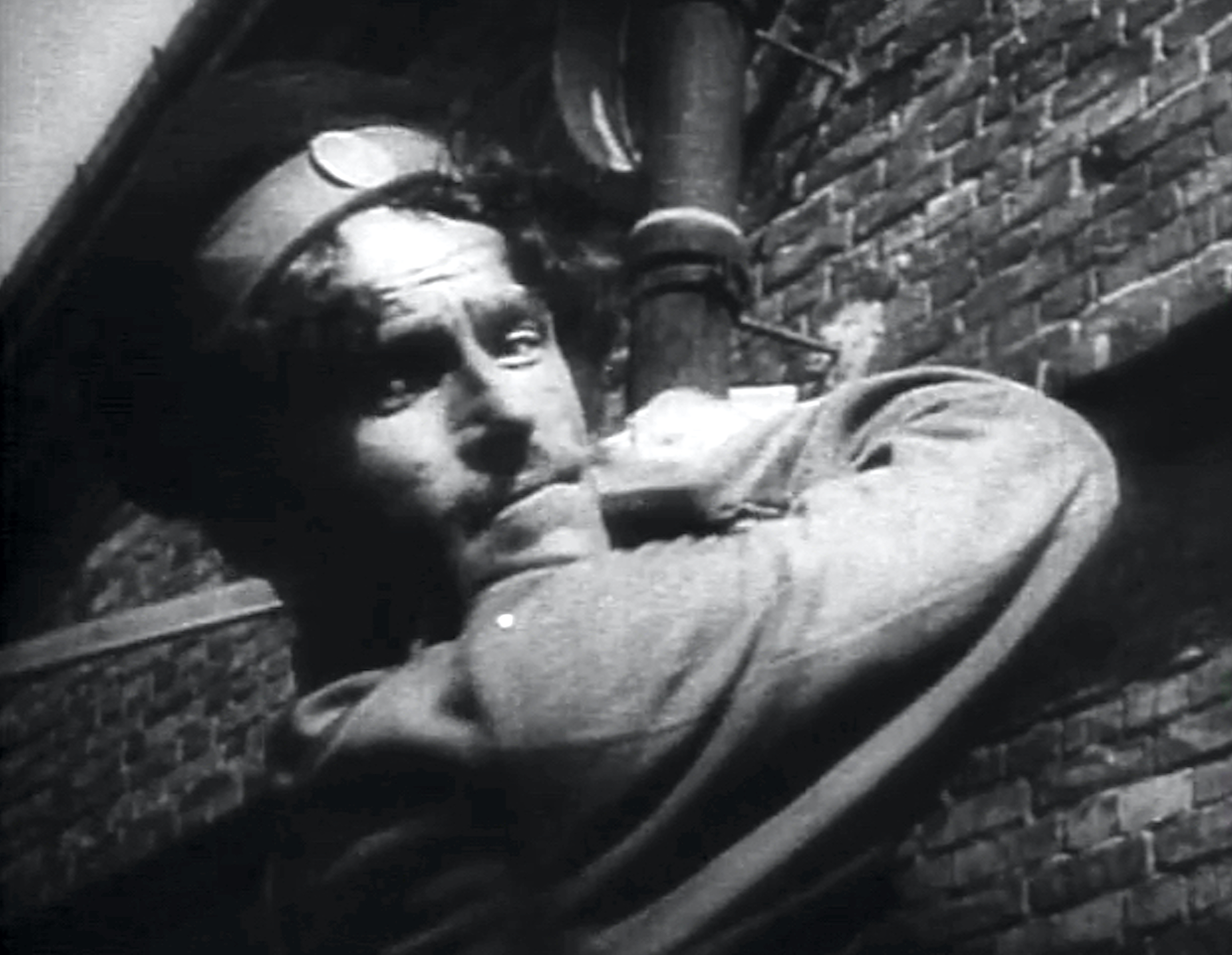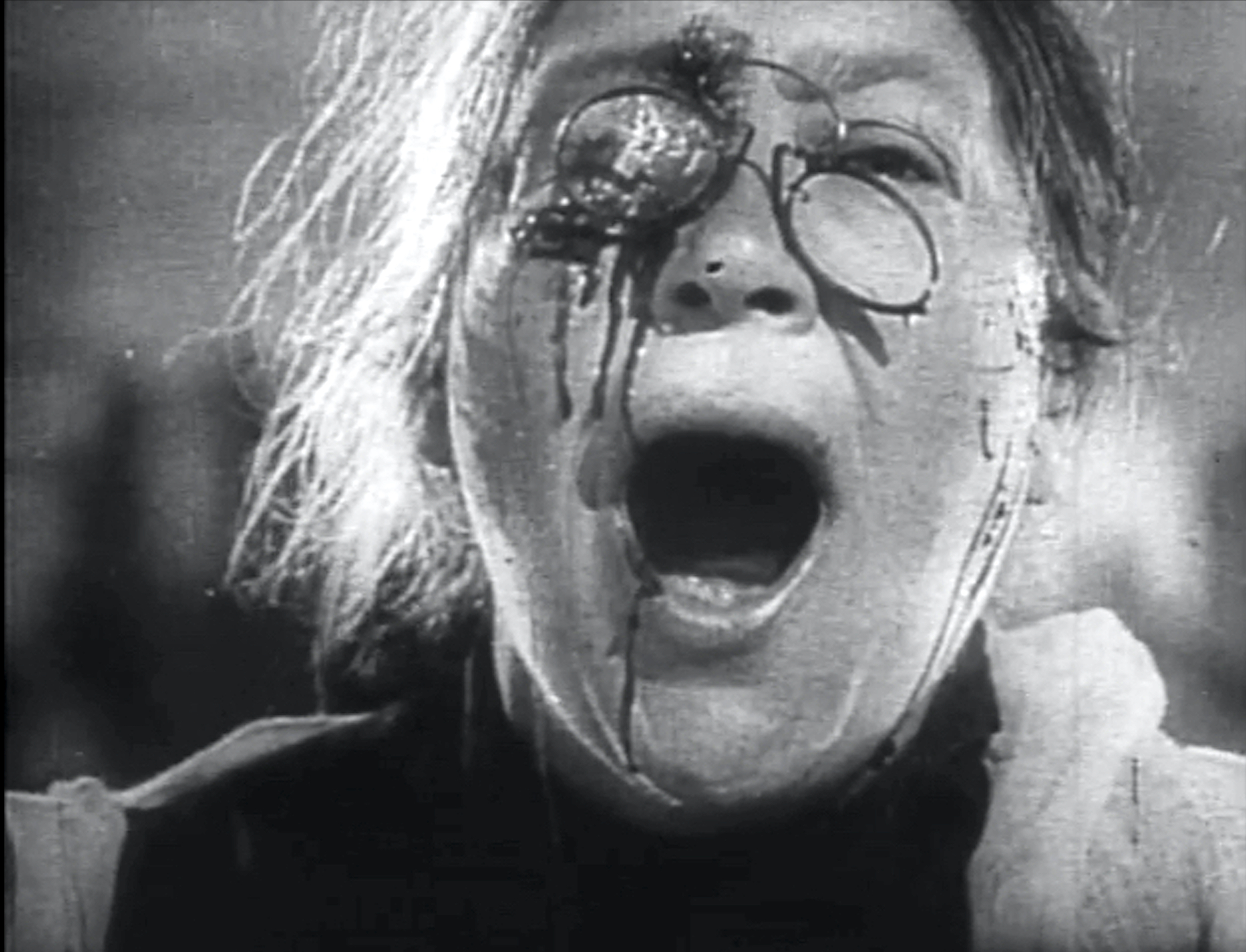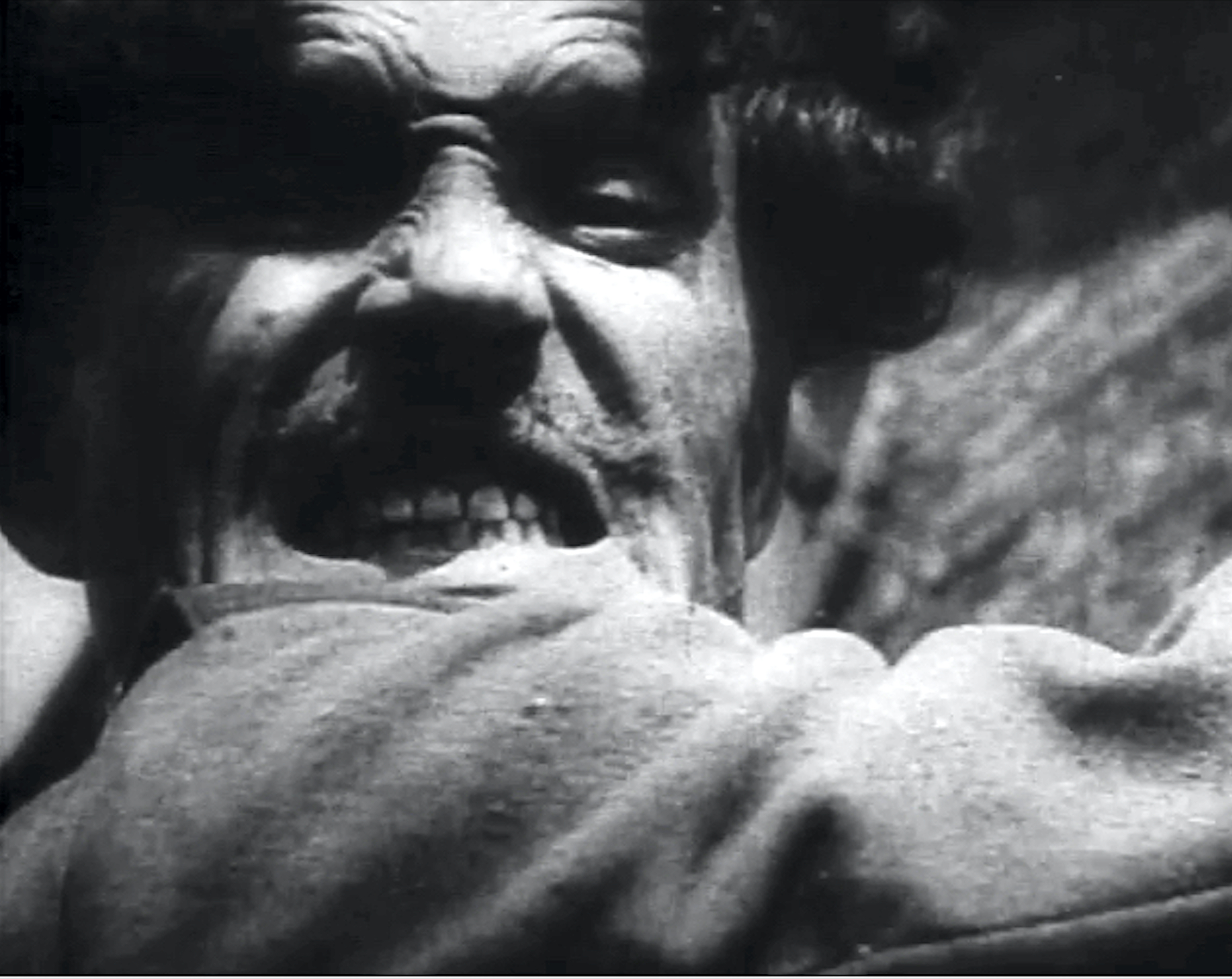excerpt from the chapter on Eisenstein . . .
Sergei Eisenstein was a film artist who created a groundbreaking body of film art that narrates in a unique manner: when you see an Eisenstein film, you recognize the single mindedness of its maker to grapple with the dense sensory, signifying potential of film. Deeply connected with his filmmaking practice is his struggle to articulate a practical theory of making and editing the material, while he sought connections across cultures, media, and art forms.
Six Usages of the Word Montage
1. Montage = Editing. In many contexts, “montage” simply means “editing.”
2. Sequential Analytical Montage. Herbert Zettl defines this kind of montage as one that will summarize key determinative elements and present them in their original cause-effect order.
3. The Hollywood montage, is a subset of the Sequential Analytical Montage, where key elements of the narrative are compressed, using traditional markers of time passing like dissolves, but also tropes like newspaper headlines.
4. Sectional Analytical Montage. Zettl uses this term for a montage that temporarily stops the progression of a screen event and explores an isolated point in time from various viewpoints.
5. Comparison Idea-Associative. This type of montage uses successive shots that appose similar themes in different events, so that the thematically related events reinforce each other.
6. Collision Montage, Idea-Associative. In a collision montage, two opposing events to express or reinforce a basic idea or feeling. Here there is a tertium quid, a third something, generated from a juxtaposition creating conflict.

